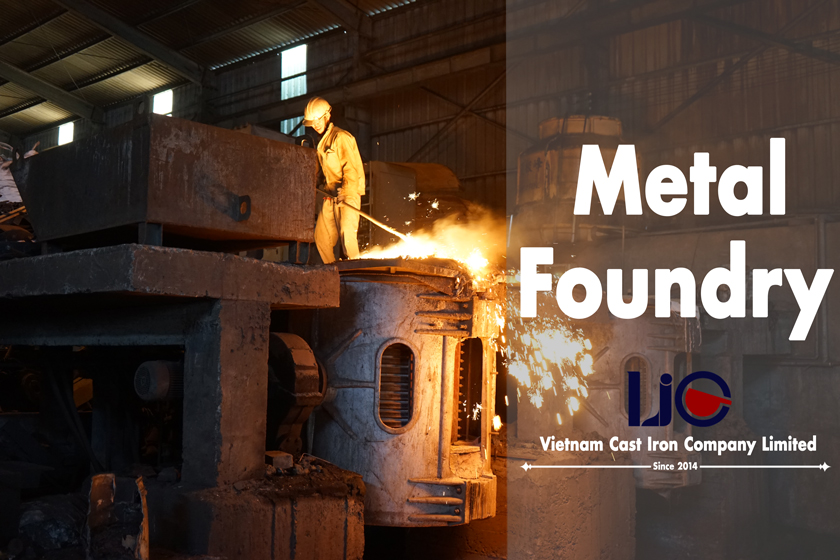See This Report on Aluminum Castings Company
6 Simple Techniques For Aluminum Castings Company
Table of ContentsThe Definitive Guide for Aluminum Castings CompanyThe smart Trick of Aluminum Castings Company That Nobody is Talking AboutA Biased View of Aluminum Castings CompanyThe 7-Second Trick For Aluminum Castings CompanyThe Facts About Aluminum Castings Company UncoveredThe smart Trick of Aluminum Castings Company That Nobody is Talking AboutAluminum Castings Company Fundamentals ExplainedSome Known Details About Aluminum Castings Company
There are 2 key kinds of die spreading utilized in the aluminum casting industry: hot chamber die casting and chilly chamber pass away casting. The main difference between these methods is how the molten metal is provided to the mold. In warm chamber pass away casting, frequently used for reduced melting factor metals, the fusion is directly attached to the maker, and a bettor compels the product via a gooseneck right into the die tooth cavity.
A Biased View of Aluminum Castings Company
In these methods, the mold is intentionally damaged or escaped in order to extract the completed aluminum casting. Usual processes under the category of expendable mold casting include (financial investment spreading),,, and investment spreading. When producing personalized aluminum parts making use of expendable molds, makers put liquified aluminum or aluminum alloys right into the mold and mildew, which is then broken apart to release the strengthened steel component.
The is one of the oldest and most widely pre-owned forms of aluminum casting. It includes condensing specialty shop sand, typically strengthened with clay or material, around a specifically crafted multiple-use pattern that figures out the shape and interior information of the ended up light weight aluminum product. The pattern system includes risers and vents to manage the circulation of liquified metal and to stop casting issues such as shrinkage porosity.
Aluminum Castings Company - Truths

This mold and mildew is after that preheated prior to the pouring of liquified aluminum or aluminum alloy. As the metal loads the covering, it catches the complex details and fine surface area finish of the mold and mildew. Once cooled down, the ceramic is mechanically or chemically damaged away, enabling the elimination and splitting up of individual actors parts.
Rumored Buzz on Aluminum Castings Company
Irreversible mold and mildew spreading makes use of multiple-use metal molds and is excellent for mass production with constant top quality and much less waste. Expendable mold spreading utilizes single-use mold and mildews, like sand or foam, offering style versatility and reduced tooling costs for models or short runs. Die spreading is best for generating high quantities of aluminum parts that need limited resistances, great information, and smooth surface areas.
The Toshiba Equipment DC-J Collection includes die casting devices appropriate for aluminum. Understood for their durable construction and high injection efficiency, these makers make certain effective and precise spreading (Aluminum Castings).

While aluminum can be used in its pure type, it is typically alloyed with other metals to boost its homes or the properties of the various other steels. Light weight aluminum alloys are classified into 8 series, numbered from one to eight.
Unknown Facts About Aluminum Castings Company
This alloying boosts the strength and solidity of aluminum but lowers its ductility and corrosion resistance. The 3000 series alloys are mainly alloyed with manganese.
Furthermore, it includes high ductility and a very smooth ended up surface area. The 4000 series alloys are alloyed with silicon, which lowers the melting factor and enhances fluidity. This makes it a prominent option for casting, as it is easy to create in its molten state. The 4000 collection is also generally utilized as a filler for welding and brazing applications.
Some Known Factual Statements About Aluminum Castings Company
This series is categorized as a high-strength alloy, especially matched for sheet and plate applications as a result of its exceptional weldability. Its resistance to deterioration from acids and alkalis makes it excellent for usage in rough and aggressive environments (Sand Foundry). The 6000 series alloys are alloyed with both magnesium and silicon, offering an equilibrium of toughness, mechanical properties, here and corrosion resistance
Handling the 6000 collection needs specialized and advanced equipment, which can be complex and costly. Nevertheless, this collection is known for its exceptional rust and oxidation resistance, along with its convenience of finish, therapy, and workability. The 7000 collection light weight aluminum alloys are the greatest and most durable amongst light weight aluminum kinds, with strength equivalent to around two-thirds of industrial-grade A3 steel.
The Only Guide to Aluminum Castings Company
Zinc is the primary alloying component in the 7000 collection, boosting the solidity of the aluminum, although zinc's hardness is similar to that of aluminum on the Mohs scale. The 8000 series light weight aluminum alloys are mainly alloyed with tin, in addition to percentages of copper and nickel (Aluminum Sand Castings). While these alloys provide lower toughness contrasted to various other series, they master machinability and use resistance
Aluminum cast heatsinks are electrically conductive, permitting them to be grounded efficiently. They are frequently cast with incorporated features that reduce the demand for second operations, such as added machining or setting up, causing further price savings. Aluminum spreading is frequently made use of to manufacture braces for both heavy-duty industrial tools and home appliances.
The Ultimate Guide To Aluminum Castings Company
The single-piece construction of light weight aluminum braces improves their stamina and toughness, minimizing the likelihood of failure. If holes are called for, they can be consisted of directly in the spreading mold, reducing the requirement for post-production finishing (https://filesharingtalk.com/members/625115-alumnmcstngs?tab=aboutme&simple=1). Producers have actually progressively adopted light weight aluminum spreading for golf tools because of its sturdiness, security, and versatility in shaping